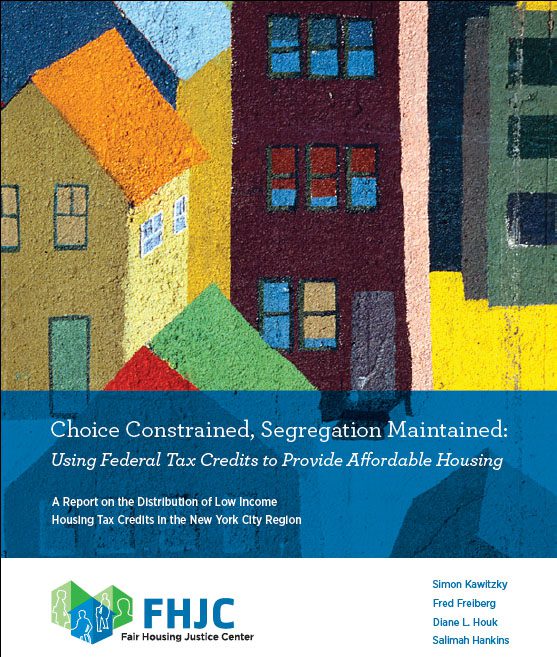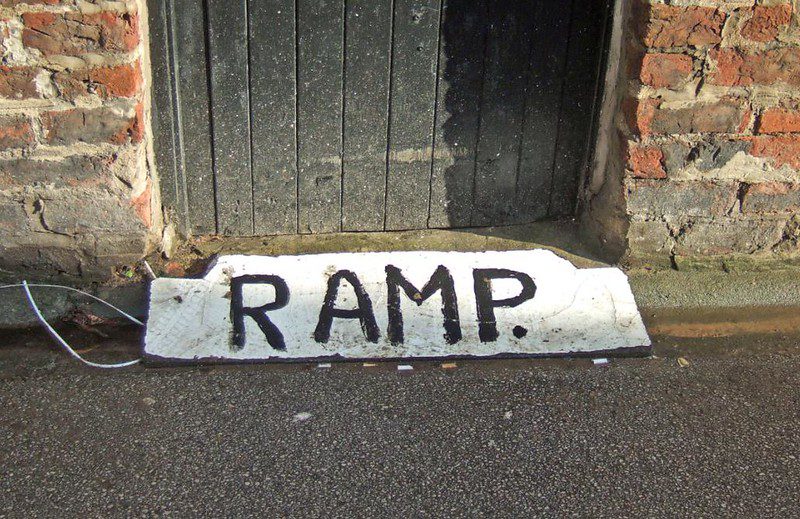
“[W]here affordable housing opportunities are located matters,” the report concludes.
The study, funded by the Ford Foundation, found that the program may have exacerbated segregation in the already highly segregated city by locating its housing units in highly concentrated predominately minority neighborhoods as well as high-poverty neighborhoods in New York City and the surrounding seven suburban counties.
The data, collected by three tax credit allocation agencies in New York, yielded astounding results.
Among other things, the report noted “most LIHTC affordable housing units (71 percent) were located in areas of high or extreme poverty and most LIHTC affordable housing units (77 percent) were located in minority neighborhoods.” The report also propounds that about half of the LIHTC units created in the suburbs were elderly units, mostly located in low poverty, white areas.
Most suburban family LIHTC units were located in higher poverty, predominantly minority areas. Indeed, the report notes, “more than half of all affordable housing units developed in the study area received tax credits from New York City’s Department of Housing Preservations and Development (HPD).” For developments placed in service by HPD, only 2 percent of units were located in low poverty areas, and only 9% were located in white or predominately white areas in New York City.
This matters for two reasons: First, neighborhoods have a very large impact on the life trajectories of their residents, which includes access to a good education, a healthy environment (including air quality and food), decent employment and basic safety. Second, these policies, which exacerbate segregation, run counter to the federal Fair Housing Act.
The report argues that not only do governments have a duty not to segregate, but they must, under the Fair Housing Act “affirmatively further fair housing,” which essentially means that the three reporting agencies must ensure that the systems they have in place to allocate LIHTC credits to developers must proactively prevent segregation from occurring. The numbers suggest that these agencies are not doing that. Because the LIHTC program is the largest program that produces affordable housing in the state, it becomes very clear exactly how such policies operate in severely constraining choice.
The report includes recommendations for the U.S. Department of Treasury as well as the three New York tax credit allocation agencies. It states that Treasury should, among other things, “promulgate civil rights regulations to govern Treasury programs that finance the development of affordable housing, such as the LIHTC program”. This would make it easier to hold tax allocation agencies accountable for affirmatively furthering fair housing.
Also, for the agencies, the report recommends “the three tax credit allocation agencies in New York State conduct an annual review of all family and elderly developments based on area poverty rates and racial composition” and implement scoring criteria that incentivizes developers to build in low-poverty, non-minority neighborhoods. These, and the other recommendations, would go a long way toward ensuring the government is not perpetuating segregation in its programs.
The report was authored by Simon Kawitzky, Fred Freiberg, Diane L. Houk, and Salimah Hankins. Funding for the study was provided by the Ford Foundation.





Comments